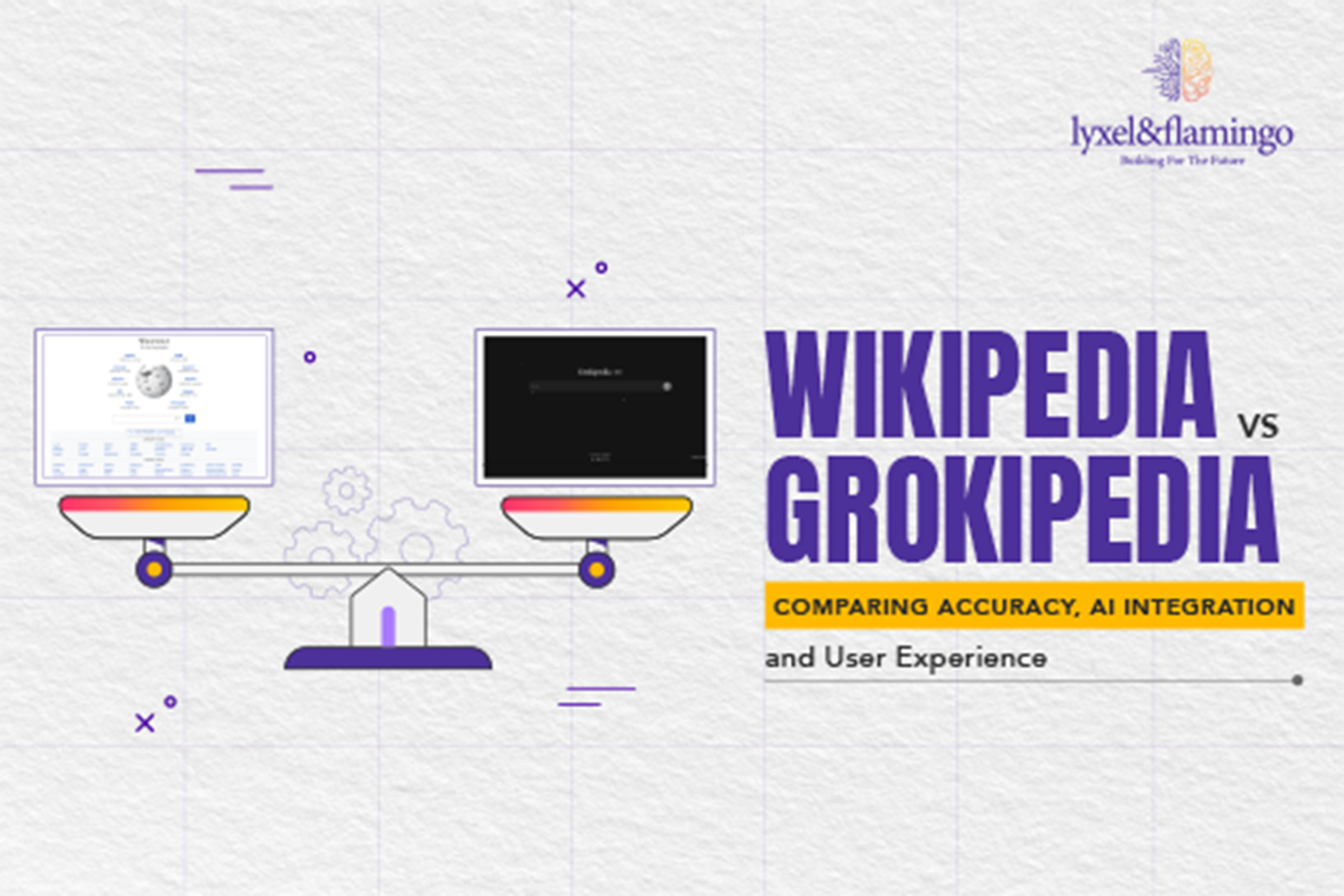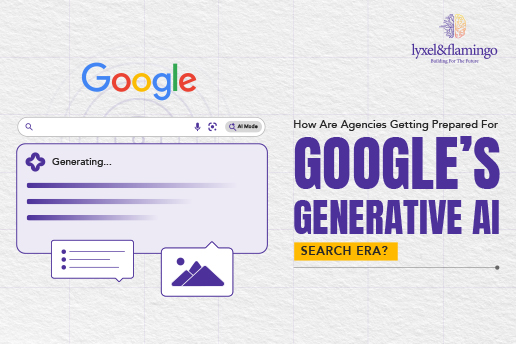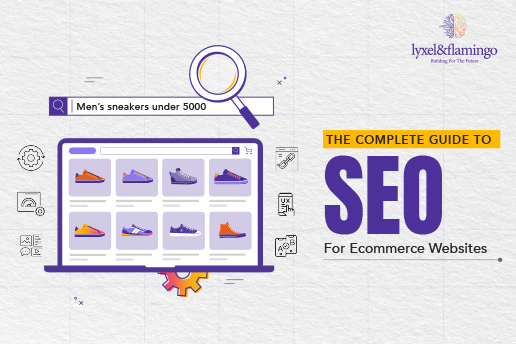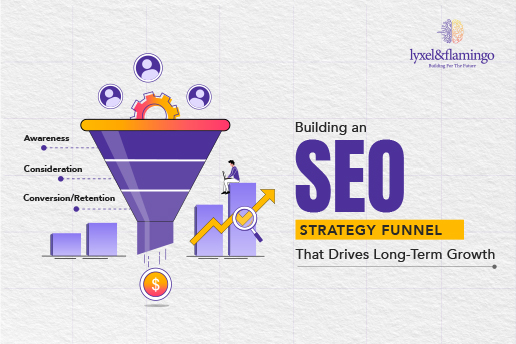Where do people go these days when they want to find the answers to their questions, buy a new product, or compare different services? Do they go to the yellow page? No. To the town? Fortunately, not anymore.
In fact, they don’t even go to their friends and family members to search for answers most of the time these days.
The first thing most people do is unlock their smartphones and perform a Google search. And 75% of them never go past the first page of the Google search results.
That’s exactly the reason why you should know how to improve the SEO of your website. Because if your website doesn’t make it to the Google search results, your web traffic will dwindle, and your revenue will decrease.
In this article, we are going to show you the most critical things to review in SEO. You will also learn how to work with those critical factors to improve your SEO score.
So, without further ado, let’s dig in.
Relevant and High-quality Content
Are you trying to figure out how to improve the SEO of your website? Improve your web content first. The quality of your website’s content is one of the most important factors that can help you in the Google search rankings.
You must publish new content in a consistent manner, allow the user to interact with it, and show relevant niche expertise. So, how can you make your content relevant and high-quality?
- Make It Trustworthy: The content you publish on your website must be accurate, well-researched, and useful. It must not have any spammy content or link.
- Make It Readable: The content should be written in a conversational manner, logically organized, and with no stuffed keywords.
- The Content Must be Fresh: If the content is too old, it starts losing its relevance, even if it was considered evergreen at one point. So, you should add new content to your website at regular intervals. Also, don’t forget to update your old content with new information and relevant keywords. This way, your content stays fresh, and your website stays SEO-friendly.
- It Should Match the Intent of the Keyword: Your keyword research shouldn’t stop with the keyword research tools. You should also perform Google searches on the keywords to understand what your potential readers are searching for online. This way, you can create content that matches the actual intent of the keyword you’re using.
In simple words, review your website and make sure most of your web content is relevant and of high quality to improve its SEO score.
Keyword Placement
Okay. You have selected the keywords you want to add to your content to ensure that the keywords rank on Google. Now, it’s time to add those keywords in the right places.
To optimize your content and make it SEO-friendly, you should insert the keywords in the following places:
- Title Tag: You must add the keyword in the title tag, which is also known as the meta title. This is the title that appears on Google search pages.
- H1 Title: The main keyword must appear in the H1 title.
- H2 Headings: Make sure that either the main keyword or a variation of it appears in the H2 headings at least twice on a page to maintain a good SEO score.
- URL: You should make sure that the page URL is short, concise, and contain the keyword in it.
- The Body Content: The keyword must appear in the body content, especially in the first 100 words. Try to add the keyword in the body content at least 4 – 6 times in every 2,000 words.
- Meta Description: This is the snippet of text that appears right under the meta title or the title tag. The meta description shows the readers what the web page or the content in it is about. Every web page must have a meta description, and the keyword must appear at least once in it.
Remember, if you’re wondering how to improve the SEO of a website, you must put the keyword in the title tags, H2 subheadings, and URLs of the web pages. These three places, by far, hold the most weight when it comes to improving the on-page SEO score.
Image Optimization
As the regular search results, especially on mobile, are becoming more and more visual, you can no longer underestimate the importance of image optimization. Here’s a list of tips you must follow to optimize your image SEO in the right way:
- Assign Proper Alt Texts: Alt texts or alternative texts are the only way Google can understand the meaning of an image. Therefore, the alt text should be clear and concise and should include the main keyword.
- Compress and Resize: Make sure your image files are no bigger than 100 KB. Ideally, the image size should be within the 70 KB and 100 KB limits. If the image is too big, you should use an image compressor to get the size below 100 KB. What’s more, every image must be at least 1,000px wide.
- Add Value: If possible, try using screenshots, graphs, and illustrations instead of using stock images. This will increase content quality and boost user engagement, ultimately improving your SEO score.
- Don’t Forget to Include the Keyword: Change the image file name manually and add the main or secondary keywords there.
Page Speed
Internet users want to have a smooth browsing experience with as few roadblocks as possible. That’s why Google considers your website’s page speed to be an important factor when giving your website a place in SERPs.
In short, if the pages are taking too long to load, it will increase your bounce rate and lower the SEO ranking.
So, make sure you make proper adjustments to your website to increase its loading speed. Do you want to check if your website’s loading speed is good enough? You can try using free tools like Google PageSpeed Insights.
Mobile-friendliness
In 2021, Google announced that it would use mobile-first indexing on all websites. What Google meant is that it will make the SEO ranking assessment of the websites using their mobile versions’ performance rather than the desktop ones.
But what does it mean for you?
It means that if your website’s mobile version is up to par, your SEO rankings will take a major hit, even if the desktop version of your website is the best one in this world.
Today, most CMS like WordPress allows you to see how your web page would look on a mobile device. You can also preview your web pages on your smartphone before publishing them.
This way, you can check if there’s something wrong with the mobile version and make appropriate changes.
Backlinks
Do you want to know how to improve the SEO of your website? One of the simplest yet most crucial ways is to use backlinks. And not just any backlink but the backlinks that are coming from high-authority external websites.
Backlinks, in the simplest terms, are the links to your website that are hyperlinked to other websites. If any page of your website gets a lot of backlinks, it shows Google that your webpage is providing immense value.
However, the number of backlinks is not the only deciding factor. In fact, if your web page gets a backlink from one high-quality domain, then that single backlink has more importance than backlinks from multiple low-domain authority websites.
Now, this brings us to this question – how can we get backlinks?
Here are a few ways to get backlinks to your web pages:
- Write Original and Quality Content: If your web pages contain original and valuable content that is neatly written, it should get multiple backlinks on its own. Find out what readers want to learn and create well-researched and data-driven content.
- Cold Outreach: While writing quality content is important, it might take multiple months or years to gather backlinks on its own. The solution – find relevant content from different websites and pitch your web pages to the site owners to gain backlinks. This is one of the best ways to get backlinks and improve your SEO score when you’re just starting your journey as a blogger.
- Guest Posts: This is another popular way to get quality backlinks. You can collaborate with other site owners and write a blog post as a guest for their websites. After that, you can add a backlink to your website either in the guest post itself or in your author bio.

Site Security
Did you ever think about the difference between HTTP and HTTPS? What does the extra “S” stand for? Well, the extra “S” simply means that the website is secure. And the way to make your website secure is to get an SSL certificate.
Google clearly stated that the sites that don’t have a valid SSL certificate would have a much lower SEO ranking than the sites with a valid SSL certificate.
So, get your SSL certificate as soon as possible and add that “S” to your site’s HTTP.
Wrapping It Up
Reviewing your site’s SEO and improving the overall SEO score might seem like a daunting task. In fact, just the thought of “how to improve the SEO of a website” is enough to leave many people in analysis paralysis.
However, keeping up with the latest SEO standards and making the correct changes are important to rank your website higher in SERPs.
Use the tips that we have mentioned in this article and implement them properly. Review these things and take the right actions to improve your site’s SEO score.









